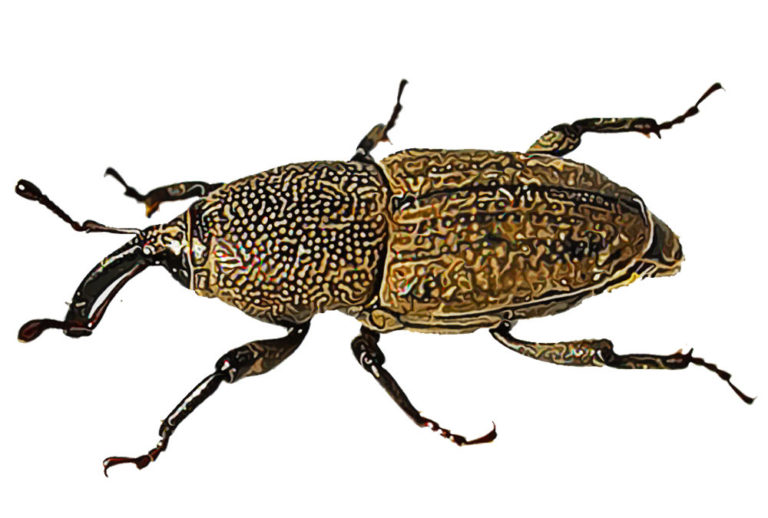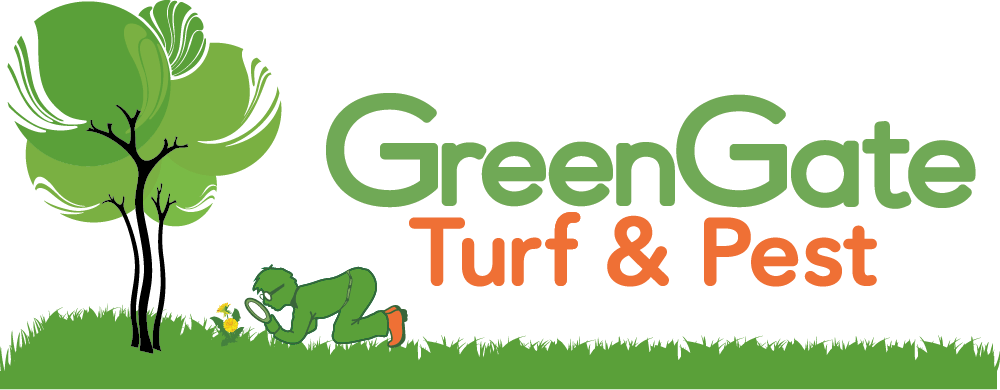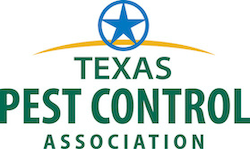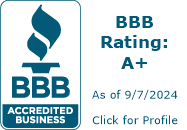Billbugs
- Billbugs are particularly troublesome lawn pests because both the adult insect and its immature larvae damage grass.
- Aduls chew holes into grass blades and deposit eggs inside. When larvae hatch, they eat grass from the inside out and continue eating from the roots to the tips. By the time results are noticed, large areas of lawn may already be lost.
In areas with serious damage, the turf can be pulled out easily, because of weakened roots.
- Billbugs are most active in spring and late summer.
- Adults are 1/4 inch long, gray-to-black beetles with a long snout and a strongly tapered abdomen. They are seen walking on hard surfaces in spring before they deposit eggs in grass sheaths.
- Plump, legless white larvae emerge from the eggs and first feed inside stems and then on roots.
Larvae complete feeding in late July. Then, they emerge as adults in August to overwinter in protected locations.
- Populations of the hunting billbug have increased over the past 10 to 15 years in Texas.
- Only one generation per year was reported in northern Florida, Louisiana, and Arkansas, but the hunting billbug may have at least two or three overlapping generations per year in Florida and Texas.
- Damage is often misidentified as drought, dormancy, disease, white grubs, or another root-feeding insect.
References
“Bluegrass Billbug.” Extension.umn.edu, extension.umn.edu/yard-and-garden-insects/bluegrass-billbug#:~:text=Quick%20facts&text=It%20is%20a%20root%2Dfeeding. Accessed 30 Sept. 2022.
Reinert, J, and B.M. Drees. “Hunting Billbug «Landscape IPM.” Landscapeipm.tamu.edu, landscapeipm.tamu.edu/ipm-for-turfgrass/pests-turfgrass/hunting-billbug/#:~:text=Hunting%20billbugs%20are%20a%20species. Accessed 30 Sept. 2022.








